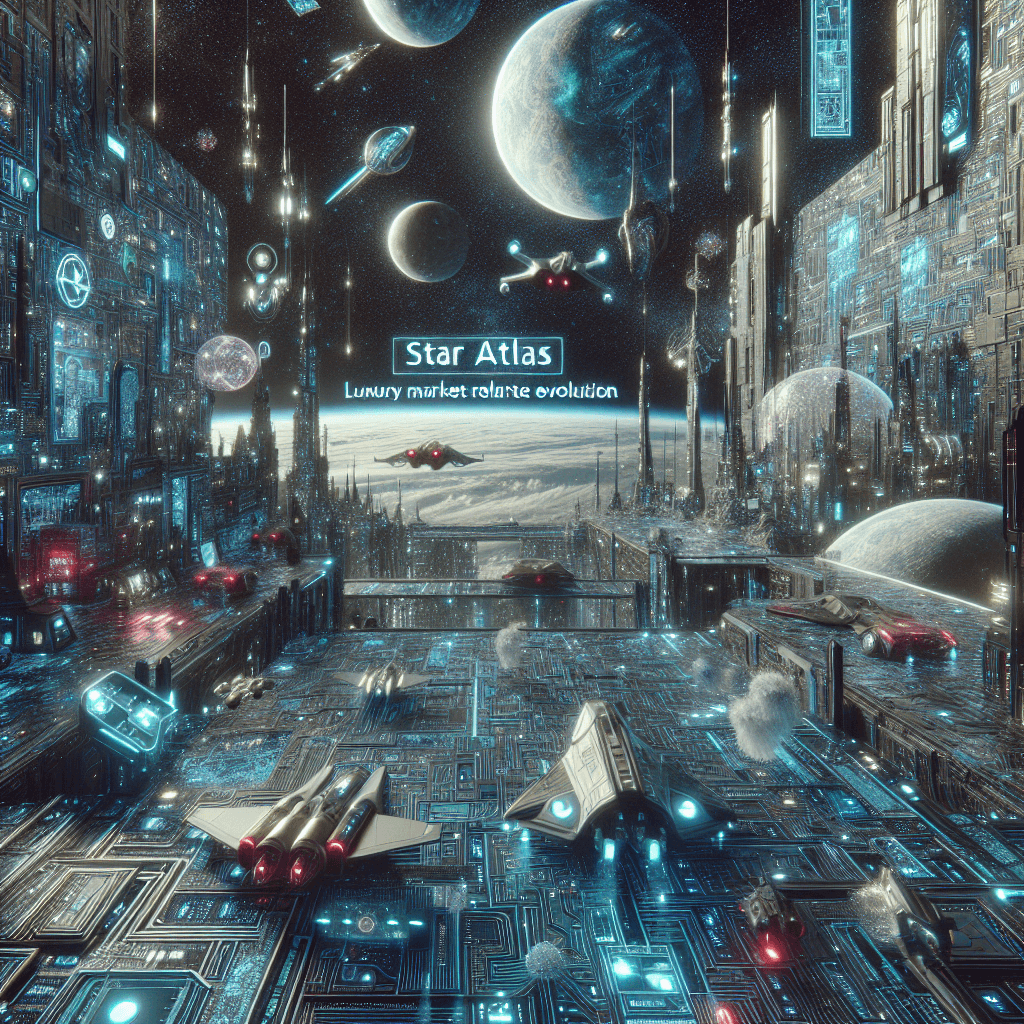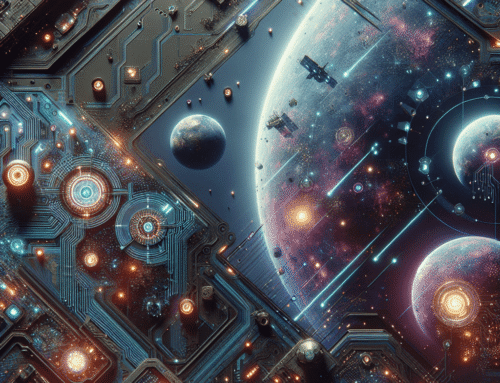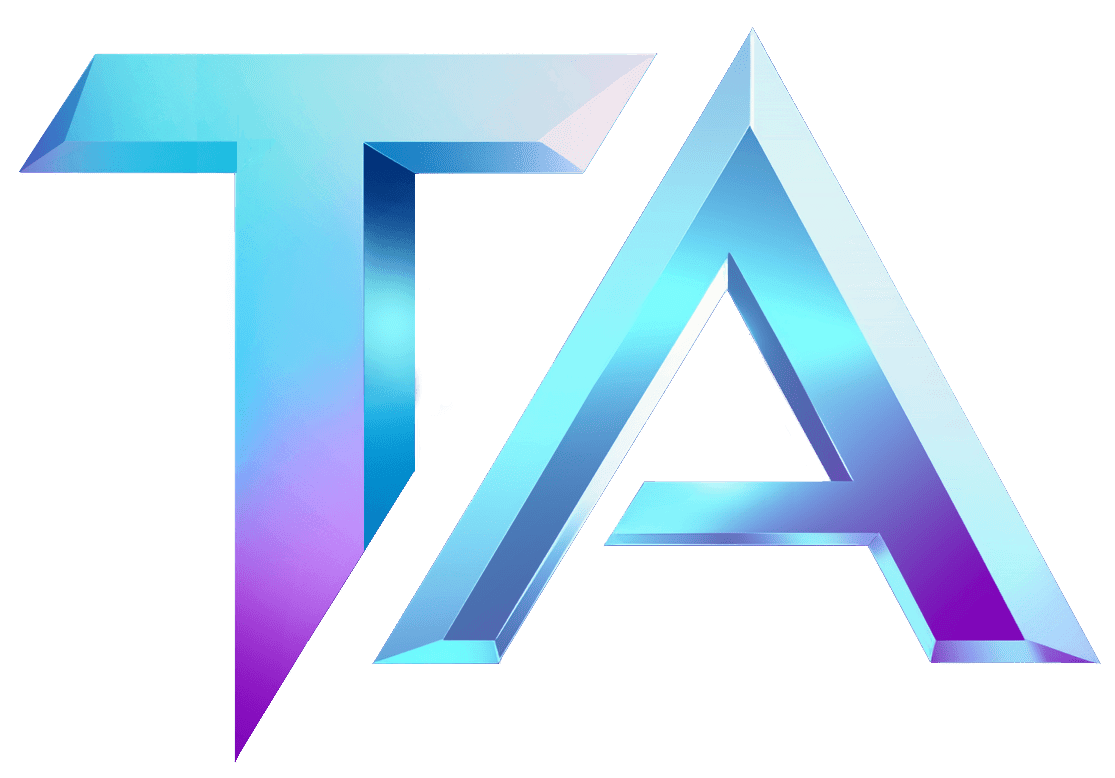Luxury Market Evolution: Insights from Star Atlas

Luxury Market Evolution: Insights from Star Atlas
The luxury market has evolved significantly over the years, driven by changing consumer preferences, technological innovations, and the cultural landscape. People are no longer just buying products; they are investing in experiences and unique assets that reflect their individuality and status. As the digital world continues to expand, we can see this evolution mirrored in new spaces, such as video games, particularly in the burgeoning universe of Star Atlas.
Understanding the Luxury Market
The luxury market has traditionally included high-end fashion, jewelry, and cars. However, in recent years, it has broadened to encompass experiences, personalized services, and now digital assets. Factors contributing to this shift include the rise of millennials and Gen Z, who prioritize authenticity and experiences over material goods.
In this context, Star Atlas, a decentralized space exploration game built on the Solana blockchain, serves as a captivating case study for luxury market evolution. It allows players not just to interact but also to invest in unique digital assets—including exceptional ships, land plots, and NFTs—that can be equated to luxury items in the physical world.
The Star Atlas Economy
Star Atlas has created a thriving economy where players can earn, trade, and showcase their assets. These digital collectibles have real monetary value, often influenced by market demand, scarcity, and the emotional appeal of ownership. Just as luxury brands rely on heritage, rarity, and exclusivity, digital assets in Star Atlas derive their value from similar principles.
-
Scarcity: Limited edition ships and properties within Star Atlas are akin to high-end watches or bespoke suits, where their value skyrockets due to their rarity.
-
Experience: Just as luxury consumers seek memorable experiences, Star Atlas players engage in missions and community events that enhance the game, crafting an emotional bond with their digital assets.
-
Community: The luxury market thrives on a sense of belonging and prestige. In Star Atlas, players unite in factions or guilds, sharing strategies and pooling resources, reminiscent of exclusive clubs among luxury brands.
Technological Innovation as a Catalyst
The advent of blockchain technology has been a game-changer, offering unique benefits that luxury consumers find appealing. In Star Atlas, players can trace the provenance of their digital assets, ensuring authenticity—a critical factor in luxury purchases. Additionally, transactions are secured and decentralized, enhancing trust for buyers and sellers alike.
The gamification of assets, where players can showcase their collections and achievements, is akin to luxury brands creating exclusive events or pop-up experiences. This not only fosters community but also enhances the emotional value associated with ownership.
Future Implications
As technology and consumer expectations evolve, we can expect the luxury market to continue embracing digital spaces. Star Atlas is a pioneer in this movement, providing valuable insights into how luxury can be redefined in the digital realm. The game’s economy reflects trends we see in traditional luxury, adapting them to a new, virtual canvas.
Finally, Star Atlas illustrates that luxury isn’t just about price; it’s about the experience and the story behind the assets. As the lines between digital and physical worlds blur, both industries will increasingly inform and influence each other.
For those interested in analyzing the intricate economic dynamics of Star Atlas, Titan Analytics offers a suite of data modules tailored for deep insights. Visit Titan Analytics Star Atlas data modules for detailed analytics, or reach out to us at Titan Analytics Contact for any inquiries. Explore the frontier of luxury redefined through gaming today!




